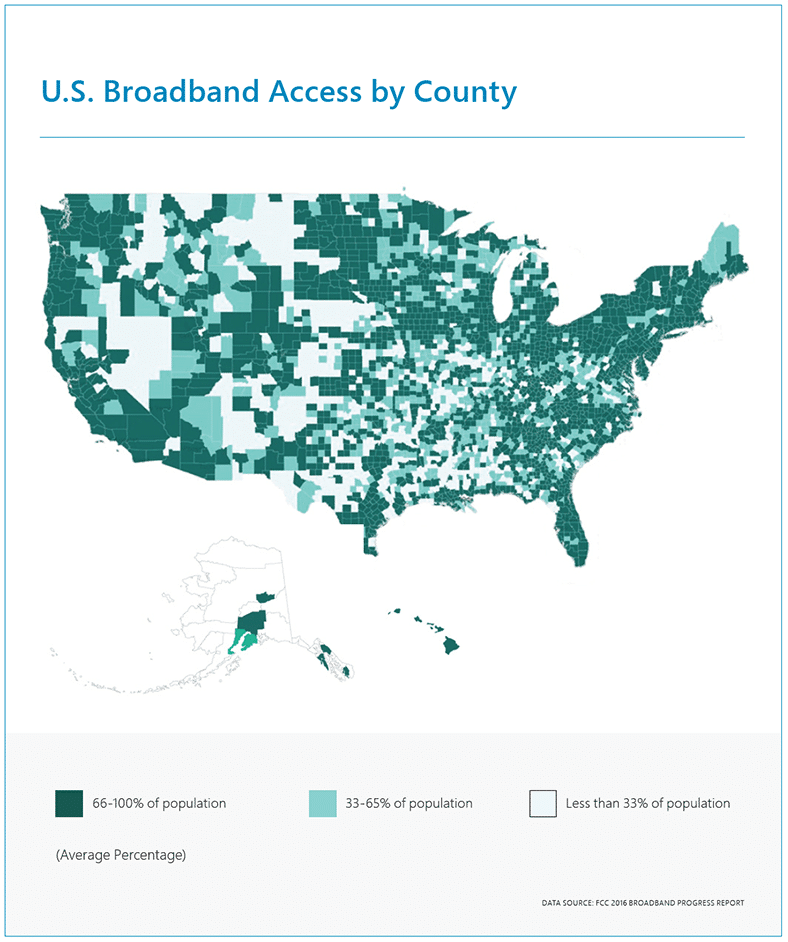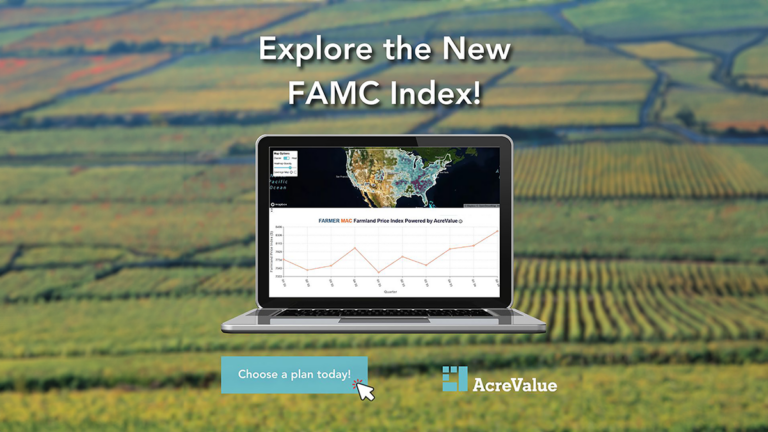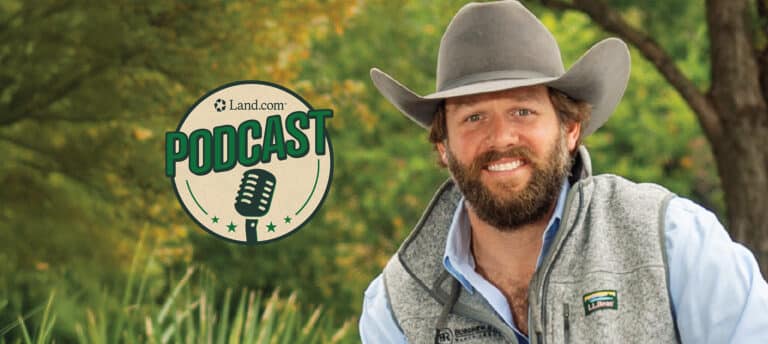Microsoft has announced a new five-year program that seeks to bridge the digital divide by connecting more rural communities with high-speed internet access. Microsoft’s Rural Airband Initiative has the goal of bringing broadband connectivity to two million people in rural America by 2022.
According to Microsoft’s research, of the estimated 34 million Americans without broadband internet, 23.4 million live in rural areas. The U.S. Census Bureau estimates that lack of broadband penetration disproportionately affects low-income households, many of which are rural. Almost 60 percent of U.S. homes with annual incomes of less than $50,000 lack broadband access, versus close to 90 percent in households with higher incomes.
Today 34 million Americans still lack broadband internet access. Of these, 23.4 million live in rural parts of our country. People who live in these rural communities increasingly are unable to take advantage of the economic and educational opportunities enjoyed by their urban neighbors. – Brad Smith, Microsoft

The Seattle area tech giant is planning to invest up to $12 billion over the next two years in partnerships with telecommunications companies, digital-skills training for newly connected communities and further investments to license the new technology in order to reach greater numbers of rural homes and businesses.
In a post on the company’s corporate blog, Microsoft President and Chief Legal Officer Brad Smith noted that the first phase of the program will deliver at least 12 projects in 12 states in the next year. The program’s first projects will be in Arizona, Georgia, Kansas, Maine, Michigan, New York, North Dakota, South Dakota, Texas, Virginia, Washington and Wisconsin.
Smith points to the availability of “unused spectrum in the UHV television bands,” known as TV White Spaces, to carry broadband capacity to previously inaccessible rural communities.
“Microsoft itself has considerable experience with this spectrum,” Smith notes, “having deployed 20 TV white spaces projects in 17 countries that have served 185,000 users.”
Utilizing TV white-space spectrum has the potential to dramatically reduce costs and address a problem that has bedeviled multiple attempts previously to bridge the rural-urban digital divide.
“The total capital and two-year operating cost to eliminate the rural broadband gap falls into a range of $8 to $12 billion,” says Smith. “This is roughly 80 percent less than the cost of using fiber cables alone, and it’s over 50 percent cheaper than the cost of current fixed wireless technology like 4G.”

With an ambitious timeline in place, the Rural Airband Initiative will need support from the Federal Communications Commission (FCC) to ensure that white-space spectrum remains open to the proposed mixed technology model, something large broadcasting and cable companies may be unwilling to cede.
Today’s announcement coincides with the company’s massive Microsoft Inspire 2017 conference, which is taking place this week in Washington, D.C., just a stone’s throw from the White House.
In an interview with National Public Radio, Brad Smith acknowledged that the Rural Airband Initiative has its roots in more than just philanthropic goals.
“This announcement is connected to the events of the last year. I think last year’s election was a wake-up call,” he said, noting that rural America may not be prime commercial targets for technology giants like Microsoft or Google, but forms a powerful political constituency following last year’s election earthquake.
Watch the video below from Microsoft for a look at a recent pilot project to connect a rural town in Virginia’s Charlotte County:



